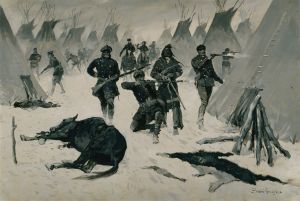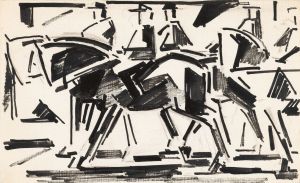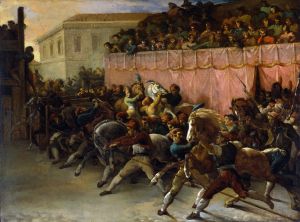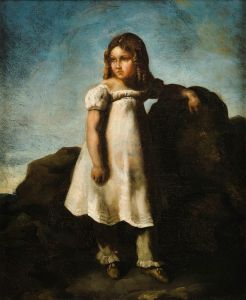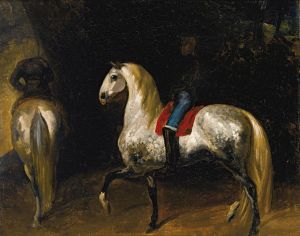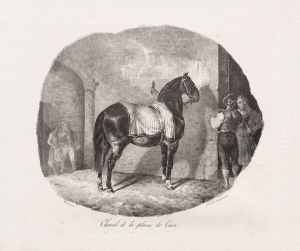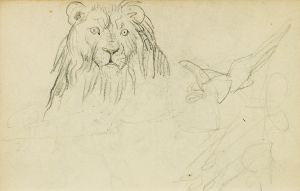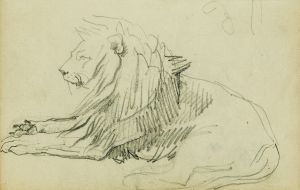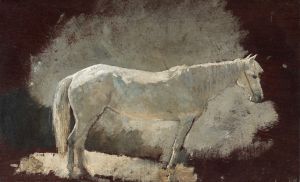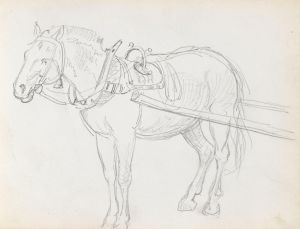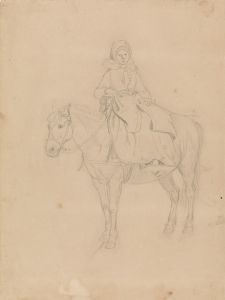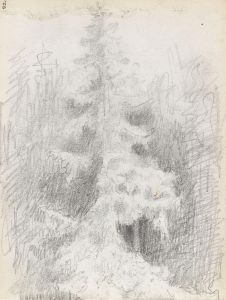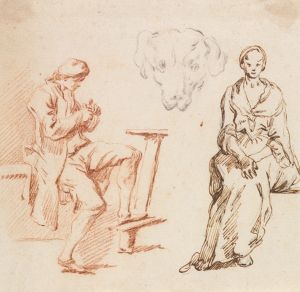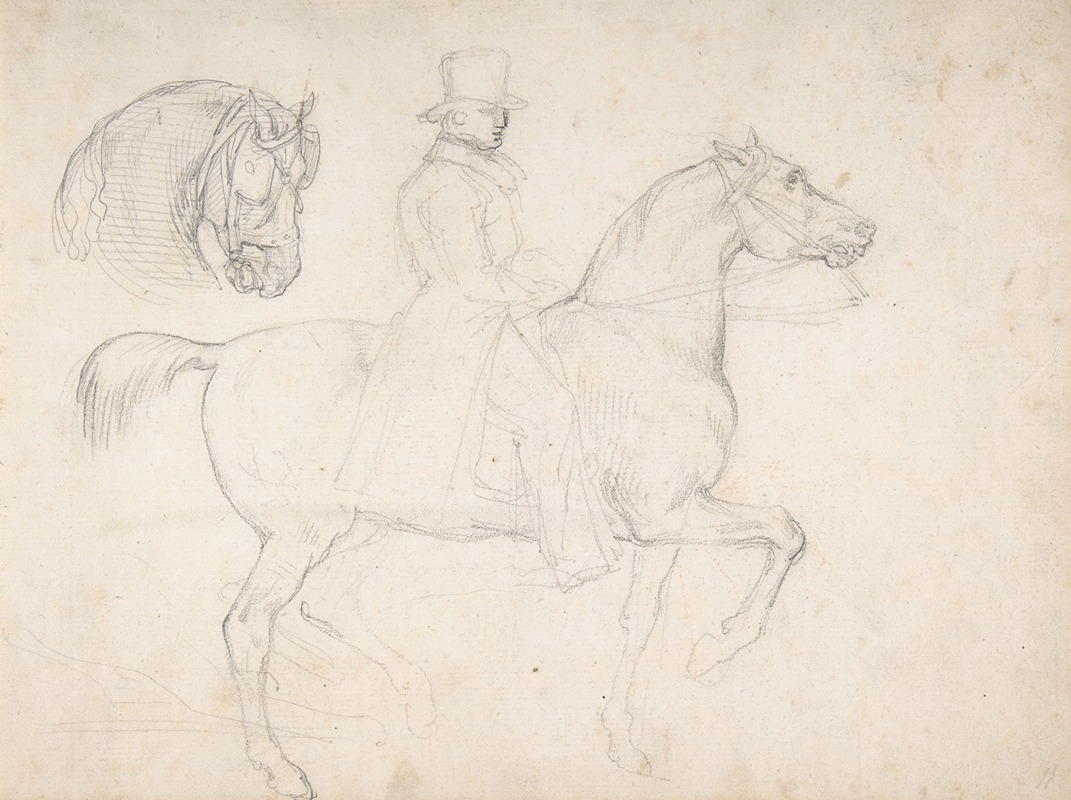
Man on Horseback, and Study of Horse’s Head
A hand-painted replica of Théodore Géricault’s masterpiece Man on Horseback, and Study of Horse’s Head, meticulously crafted by professional artists to capture the true essence of the original. Each piece is created with museum-quality canvas and rare mineral pigments, carefully painted by experienced artists with delicate brushstrokes and rich, layered colors to perfectly recreate the texture of the original artwork. Unlike machine-printed reproductions, this hand-painted version brings the painting to life, infused with the artist’s emotions and skill in every stroke. Whether for personal collection or home decoration, it instantly elevates the artistic atmosphere of any space.
Théodore Géricault, a prominent French painter and lithographer, is best known for his dramatic and expressive works that played a significant role in the development of the Romantic movement in France. One of his lesser-known works, "Man on Horseback, and Study of Horse’s Head," showcases his keen interest in equine subjects, which was a recurring theme throughout his artistic career.
Géricault was born on September 26, 1791, in Rouen, France, and he showed an early interest in art. He studied under the guidance of Carle Vernet and Pierre-Narcisse Guérin, where he honed his skills in classical and neoclassical styles. However, Géricault's passion for dynamic compositions and intense emotional expression soon led him to explore themes that were more aligned with the Romantic movement.
"Man on Horseback, and Study of Horse’s Head" is a testament to Géricault's fascination with horses, which he often depicted with great anatomical precision and vitality. This particular work is a study that reflects his dedication to understanding the form and movement of horses. Géricault's interest in equine subjects was not merely artistic; it was also deeply personal. He was an avid horseman himself, and his intimate knowledge of horses is evident in the lifelike quality of his equine studies.
The painting is characterized by its detailed rendering of the horse's musculature and the dynamic posture of the rider. Géricault's use of light and shadow adds depth and dimension to the composition, highlighting the powerful physique of the horse and the tension in the rider's stance. The study of the horse's head, in particular, demonstrates Géricault's meticulous attention to detail and his ability to capture the essence of his subjects with remarkable accuracy.
Géricault's equine studies were not merely exercises in technical skill; they also conveyed a sense of movement and energy that was central to his artistic vision. His ability to depict the raw power and grace of horses was unparalleled, and it set him apart from many of his contemporaries. This focus on dynamic movement and emotional intensity would later be seen in his larger, more ambitious works, such as "The Raft of the Medusa," which remains one of his most celebrated masterpieces.
While "Man on Horseback, and Study of Horse’s Head" may not be as widely recognized as some of Géricault's other works, it is an important piece that reflects his enduring fascination with horses and his commitment to capturing their beauty and strength. It also serves as an example of his broader contributions to the Romantic movement, where emotion, drama, and a deep appreciation for the natural world were central themes.
Théodore Géricault's legacy as an artist is marked by his innovative approach to painting and his ability to convey powerful narratives through his work. His equine studies, including "Man on Horseback, and Study of Horse’s Head," continue to be appreciated for their technical excellence and their ability to evoke the spirit of the Romantic era.





